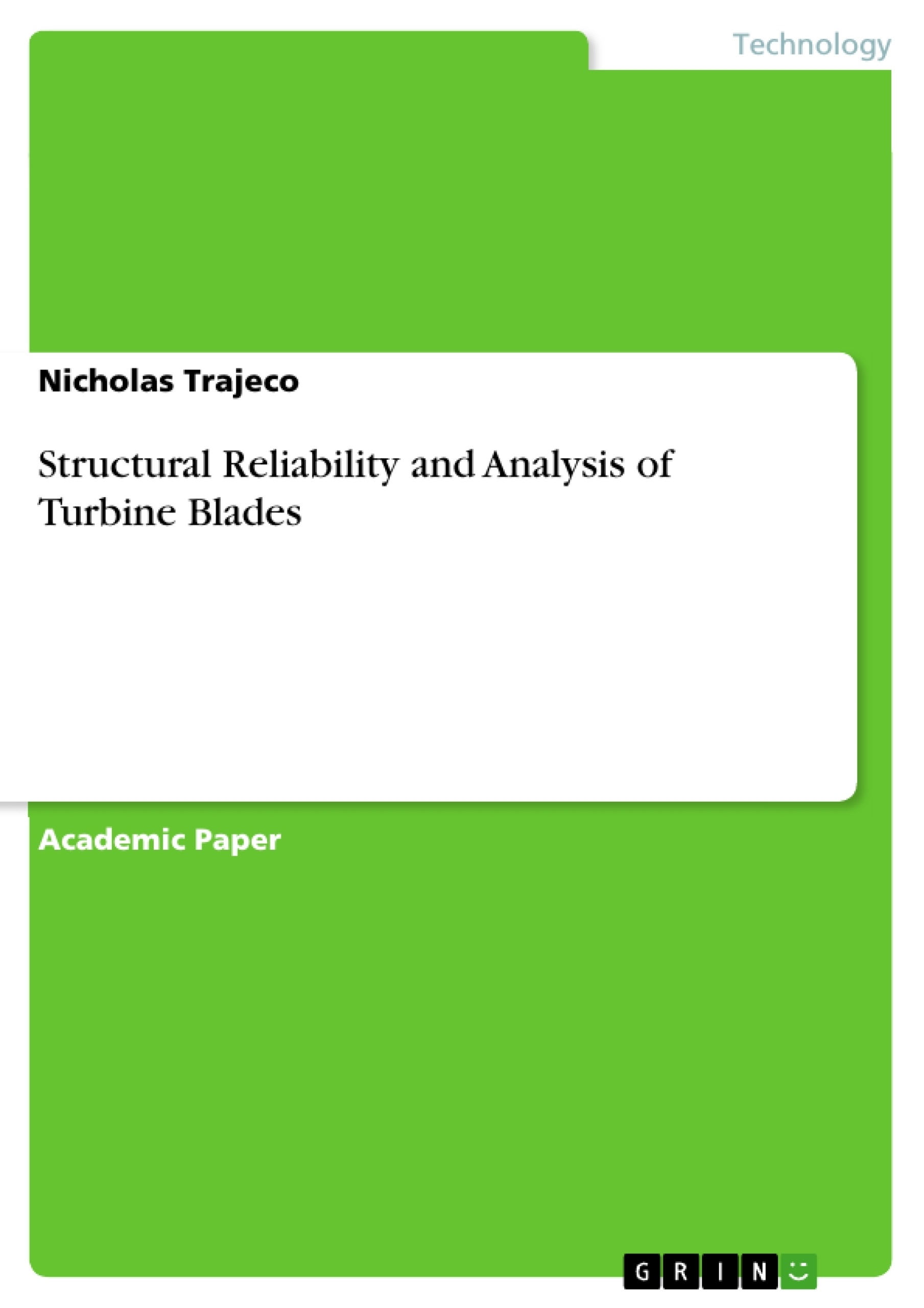Engines according to study, has a limited life cycle of 60 thousand. In circumstances that are unknown it shows that blades tend to show signs of fatigue cracks at 20 thousand cycles which leads to detrimental effects on the aircraft at its 60 thousand cycle. With this problem, airliners replace their aircraft blades when signs of cracks begin to show which makes turbine blades not cost effective and reliable to reach its life limit of 60 thousand cycles as it may cause the aircraft to fail in unprecedented circumstances to fatal accidents. In the past decades, the TET or the turbine entry temperature of aircrafts have significantly increased. The improvement of the turbine ability, efficiency represents a challenge blades as studied, at a certain life cycle and with this drawback could make the entire engine fail.
The reason I choose this Turbine blade-based scenario is because engine failures in Aviation have been rising due to fatigue. The turbines are considered to be exposed to fluctuating loads that result in high cyclic fatigue and stress that propagates through loads of tension. Crack spread by 2 forms Low & High Loop Fatigue has to do the deformations because the LCF is defined by repetitive plastic deformation in each process in which elastic deformation characterizes the HCF.The amount of cycles loss is small for LCF and high for HCF, thus low and high cycle fatigue, LCF and HCF transformation is dependent on stress rates between plastic and elastic deformations. Where the stress applied is below the material's elastic limit and the number of cycles to failure is large. In a fairly significant amount of periods, the structure exists at breakdown, and pressures and strains remain beyond the material's elastic spectrum to adjust. However, engine failures are mainly attributed to part malfunctions, turbine blade fatigue leads to this as well as triggering systemic failure. While engines have a dispatch rating between 99.99 percent and 99.89 percent, it will not correctly classify the faults during the trip, with this the loss between 0.01 or 0.11 percent may prove lethal to the aircraft's reputation and efficiency. I should then be likely to conclude from this work about how to boost the strength of blades based about their architecture or through preventive methods.
Inhaltsverzeichnis (Table of Contents)
- CHAPTER-1
- Introduction
- Feasibility Study of Turbine Blade Failure Prevention and Its Reliability.
- Legislation and Ethics.
- CHAPTER-2
- Tasks related to Expected Gantt chart...
- Planned Gantt Chart/Expected Gantt Chart.
- Actual Gantt Chart
- Critical Path Analysis...
- CPA & Actual vs Planned Gantt Chart....
- Improvements to be made....
- Logbooks.
- Methods to monitor and meet project milestones.……..…
- SWOT Analysis based on Project Plan:
- CHAPTER-3
- GAS TURBINE BLADE
- Rolls Royce Trent 7000
- Development:
- Specifications:
- Turbine Blades:
- Classification: Pressure....
- Classification: Flow Direction
- Axial Flow Turbine:
- Radial Flow Turbine:
- Classification: Function
- Impulse Turbine Blade...
- Reaction Turbine Blade.
- Production of Turbine Blades
- Turbine Blade Materials..
- Stainless Steel Alloy..
- Aluminum Alloy
- Titanium Alloy..
- CHAPTER-4
- TURBINE BLADE ANALYSIS.
- Aerodynamics and Fatigue Analysis...........
- Accident Investigation and Turbine Blade Failure
- Enhance Internal Cooling of Turbine Blades
- Impingement Cooling of Turbine Blades..
- Pin-Fin Cooling of Turbine Blades
- Dimple Cooling of Turbine Blades
- Structural & Thermal Analysis Based on Turbine Blade:
- Reliability Study of Turbine Blades...
- Reliability Calculations:........
- Failure Rate/Probability of Failure of Turbine Blades.
- Reliability Calculations.
- MTTR Calculation Reliability Method
- MTBF Calculation Reliability Method.
- Reliability Calculation based on Vibrational Diagnosis:
- Analysis and Evaluation of Project Findings.
- Evaluation Matrix:
- Weight Decision Matrix:.
- How the research increased the Reliability of Turbine Blades
- Coolant Feeding.
- Material technology..
- Advanced cooling technology.
- Winglet blade tip design..
- Project Improvement ..
Zielsetzung und Themenschwerpunkte (Objectives and Key Themes)
This report presents a comprehensive feasibility study and analysis of structural reliability in turbine blades. The project focuses on understanding the critical factors influencing turbine blade failure and developing methods to enhance the reliability of these components. The report explores various aspects of turbine blade design, materials, manufacturing, and operational factors that contribute to blade performance and longevity.- Turbine Blade Failure Mechanisms
- Reliability Analysis and Assessment
- Advanced Cooling Technologies
- Materials Science and Engineering
- Project Management and Implementation
Zusammenfassung der Kapitel (Chapter Summaries)
- Chapter 1: Introduction This chapter sets the stage for the project by introducing the problem of turbine blade failure and its impact on the aviation industry. It also explores the ethical and legal considerations surrounding blade reliability.
- Chapter 2: Project Management This chapter delves into the project management aspects, outlining the project plan, critical path analysis, and methods for monitoring progress. It also includes a SWOT analysis to identify strengths, weaknesses, opportunities, and threats related to the project.
- Chapter 3: Gas Turbine Blades This chapter provides a detailed overview of gas turbine blades, including their classification, design considerations, manufacturing processes, and materials. It also explores various types of turbine blades, such as axial flow, radial flow, impulse, and reaction blades.
- Chapter 4: Turbine Blade Analysis This chapter focuses on analyzing the structural and thermal behavior of turbine blades. It explores aerodynamics and fatigue analysis, accident investigations, and various cooling technologies used to enhance blade performance and longevity. The chapter also delves into reliability calculations and methods for evaluating project findings.
Schlüsselwörter (Keywords)
The primary focus of this work is on the structural reliability and analysis of turbine blades. Key concepts include turbine blade failure, reliability engineering, fatigue analysis, thermal management, cooling technologies, materials science, project management, and reliability assessment.- Quote paper
- Nicholas Trajeco (Author), 2020, Structural Reliability and Analysis of Turbine Blades, Munich, GRIN Verlag, https://www.grin.com/document/882561



